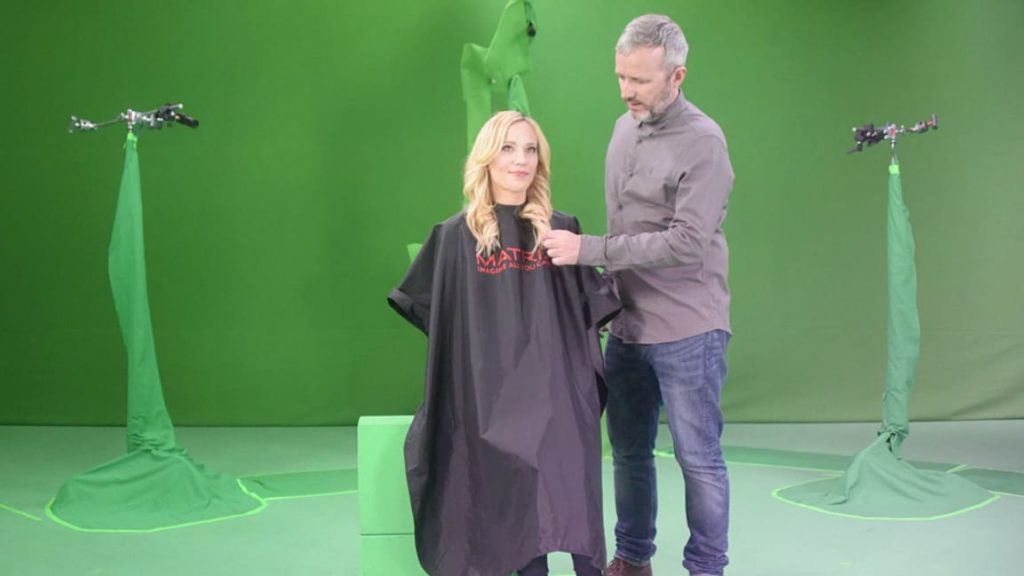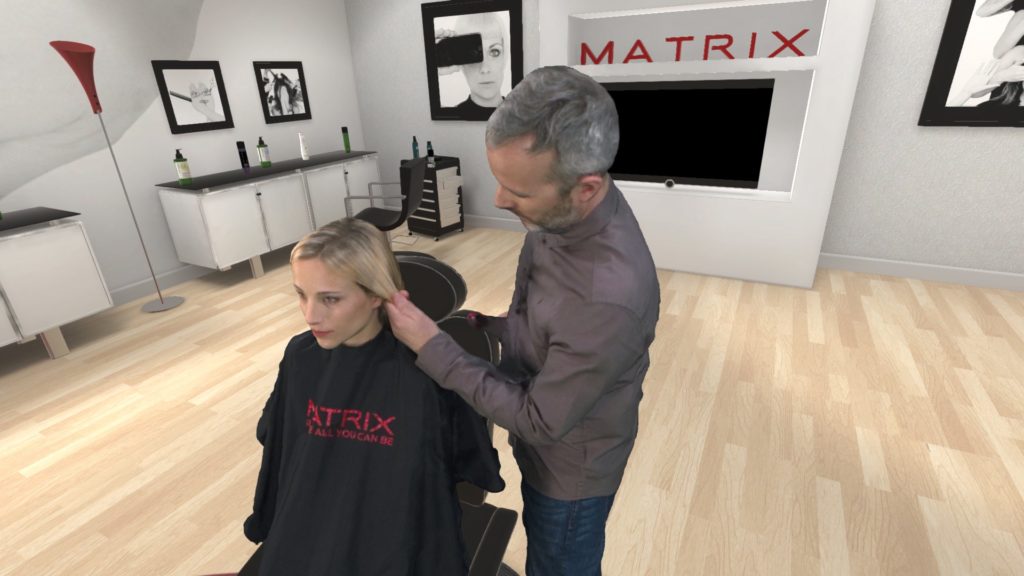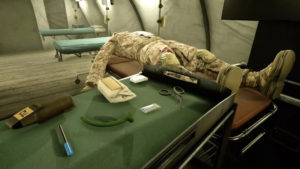Branded VR and AR content is the low hanging fruit.
Meet with producers and directors in VR, and you’ll discover there are already a number of exciting and important projects in the works that need funding. The easiest way to test the waters in VR is to attach your brand to one of these projects. Think about which one is the the most likely to appeal to your target audience and align with your brand. We’ve already seen how branded entertainment can drive engagement when done well on video. VR and AR open up boundless opportunities in this arena, enabling interactivity and UGC, in addition to social sharing.

Know where your target audience is most likely to engage.
While room-scale volumetric VR provides the most immersive medium to communicate with your target consumer on an entirely new level, those experiences alone aren’t likely to reach a massive audience. In the foreseeable future, people will still consume the majority of content on mobile devices. That’s exactly why some brands initially flocked to 360 videos, but with the early success of Pokemon Go we’ll likely to see a shift to branded content for augmented and mixed reality early next year.

Look for cross-platform opportunities to maximize opportunities to maximize distribution.
As the rate of VR and AR content consumption increases, brands are starting to look at how to engage audiences with innovative 3D content no matter what device or interface they’re using. We’re seeing brands experiment with VR to create entertaining or educational branded content, such as our partner L’Oreal’s recently announced VR program for Maxim University. Next year we’ll start to see L’Oreal and other brands leverage AR as a way to compliment and extend the reach of VR content to an exponentially larger mobile audience.

Off-line activations can drive online and social engagement.
So you created a mind-blowing room-scale VR experience to promote a major blockbuster action movie— now what? How many people will be able to experience this and what will they do after they’ve seen it once or twice? The VR project can drive great PR but the long term ROI will be questionable. If you take that VR experience and put in the lobby of major movie theaters as part of a mixed reality activation to promote the film, you’ll give the viewers videos they can share on social platforms. If you haven’t heard about the concept of using VR experiences to create mixed reality videos, check out this example of a viewer slaying trolls in a VR game. With nearly 1.5K retweets and more than 2.2K likes, you can see why adding an MR activation might be worth the relatively small investment.
It’s great to start having these discussions with heads of digital and innovation at global consumer and entertainment brands as its clear this is a entirely new area that companies are excited about. If you’re a VR/AR startup, make sure to find a brand to partner with who understands the rules have not been written…a partner who’s willing to experiment, take some calculated risks, and even make some mistakes along the way. These are the brands who will help write the next chapter in consumer engagment across our new digital realities.


